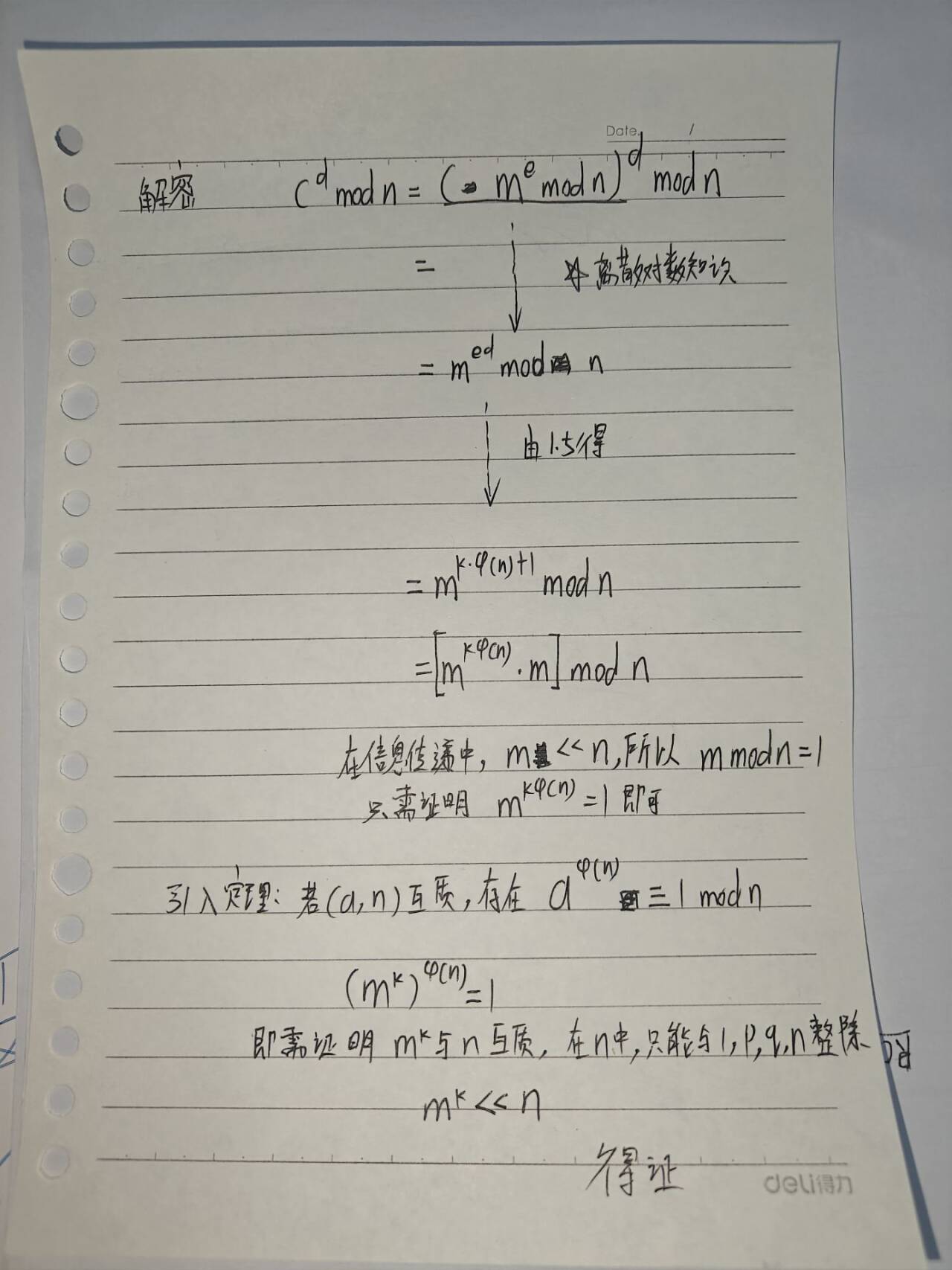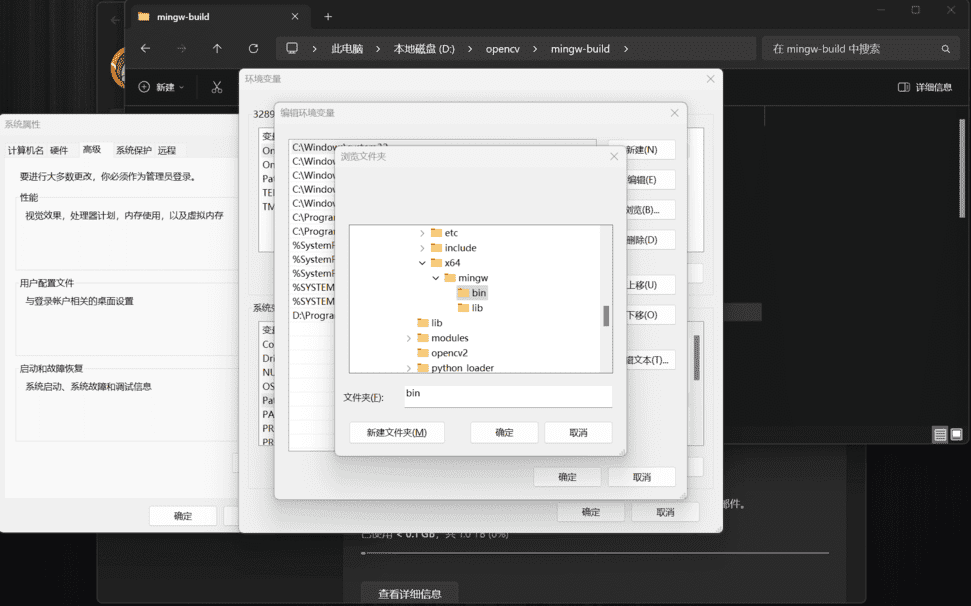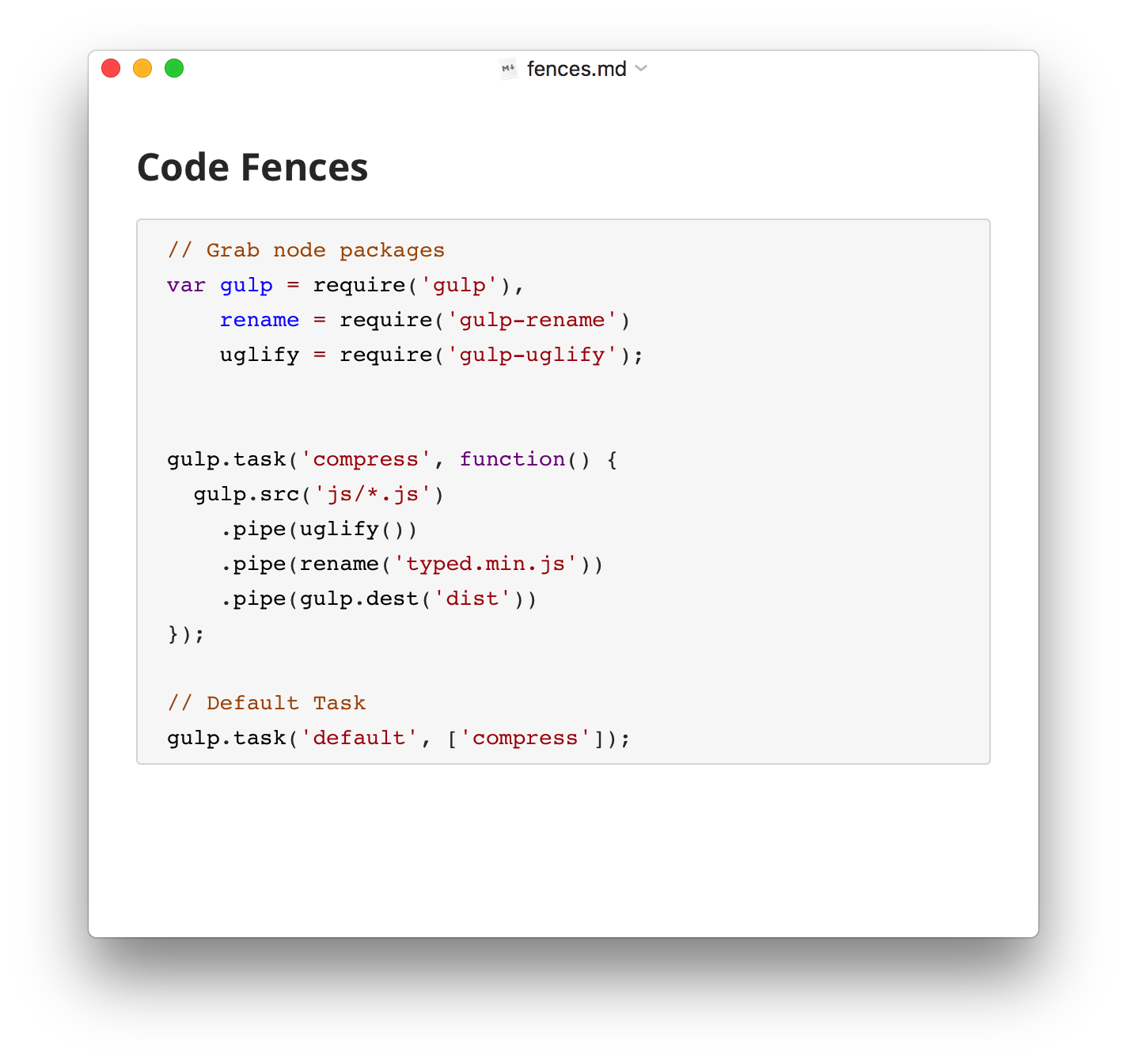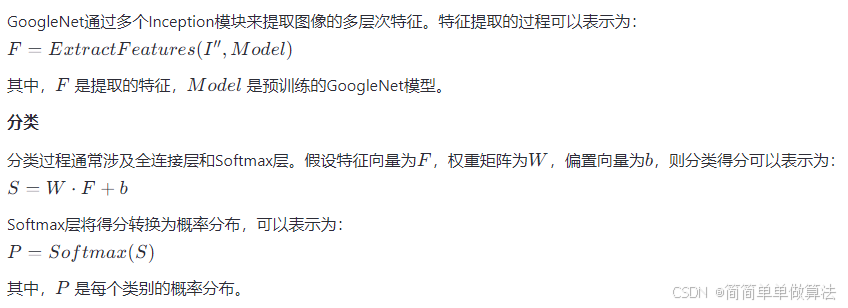2-SAT
定义
可以看一下洛谷模板题目的定义:

思路
每个等式都可以理解为如果 \(x\) 不是条件规定的,那么 \(y\) 必须按照条件规定的,反过来也一样。
所以我们将一个数字拆成两个点,对于每个条件将代表取反 \(x\) 的点与 \(y\) 相连,将代表取反 \(y\) 的点与 \(x\) 相连。
比如条件: \(x = 1\) 或 \(y = 0\),这说明如果 \(x\) 取 \(0\),那么 \(y\) 必取 \(0\),如果 \(y\) 取 \(1\),那么 \(x\) 必为 \(1\)。
然后跑 Tarjan 缩点,如果 \(x = 0\) 和 \(x = 1\) 在同一个强连通分量,那么找不到解,直接返回;否则,\(x = 0\) 和 \(x = 1\) 可能在一条链上,比如 \(x = 0\) 能推到 \(x = 1\),那么 \(x\) 只能取 \(1\),否则会引发错误;如果 \(x = 0\) 和 \(x = 1\) 完全无关,那么随便 \(x\) 取什么。
因为拓扑序在后面的点缩点对应的点 \(scc\) 的编号小,所以对于 P4782 这道模板题可以直接通过判断 \(scc\) 编号大小输出一组解。
代码
P4782 【模板】2-SAT 和 P3007 [USACO11JAN] The Continental Cowngress G 都是模板题。
P4782 代码:
#include <bits/stdc++.h>using namespace std;const int N = 2000010;struct edge {int to, next;
} e[N];int head[N], idx = 1;void add(int u, int v) {idx++, e[idx].to = v, e[idx].next = head[u], head[u] = idx;
}int n, m;
int dfn[N], low[N], cnt;
int stk[N], top;
bool instk[N];
int scc[N], tot;void tarjan(int u) {stk[++top] = u, instk[u] = 1;dfn[u] = low[u] = ++cnt;for (int i = head[u]; i; i = e[i].next) {int to = e[i].to;if (!dfn[to]) {tarjan(to);low[u] = min(low[u], low[to]);}else if (instk[to]) low[u] = min(low[u], dfn[to]);}if (dfn[u] == low[u]) {tot++;while (stk[top] != u) {int t = stk[top];top--;instk[t] = 0;scc[t] = tot;}top--;instk[u] = 0;scc[u] = tot;}
}int main() {ios::sync_with_stdio(false);cin.tie(nullptr);cin >> n >> m;for (int i = 1; i <= m; i++) {int p1, x, p2, y;cin >> p1 >> x >> p2 >> y;add(p1 + (!x) * n, p2 + y * n);add(p2 + (!y) * n, p1 + x * n);}for (int i = 1; i <= 2 * n; i++) if (!dfn[i]) tarjan(i);for (int i = 1; i <= n; i++) {if (scc[i] == scc[i + n]) {cout << "IMPOSSIBLE\n";return 0;}}cout << "POSSIBLE\n";for (int i = 1; i <= n; i++) {if (scc[i + n] < scc[i]) cout << "1 ";else cout << "0 ";}return 0;
}
P3007 要输出一组解,那么看看边的连接情况即可得出(上面讲过了)。
P3007 代码:
#include <bits/stdc++.h>using namespace std;const int N = 2010, M = 8010;struct edge {int to, next;
} e[M];int head[N], idx = 1;void add(int u, int v) {idx++, e[idx].to = v, e[idx].next = head[u], head[u] = idx;
}int n, m;
int dfn[N], low[N], cnt;
int stk[N], top;
bool instk[N];
int scc[N], tot;void tarjan(int u) {stk[++top] = u, instk[u] = 1;dfn[u] = low[u] = ++cnt;for (int i = head[u]; i; i = e[i].next) {int to = e[i].to;if (!dfn[to]) {tarjan(to);low[u] = min(low[u], low[to]);}else if (instk[to]) low[u] = min(low[u], dfn[to]);}if (dfn[u] == low[u]) {tot++;while (stk[top] != u) {int t = stk[top];top--;instk[t] = 0;scc[t] = tot;}top--;instk[u] = 0;scc[u] = tot;}
}bitset<N> connect[N];
bool vis[N];void dfs(int u) {if (vis[u]) return;vis[u] = 1;for (int i = 1; i <= tot; i++) {if (connect[u][i]) {dfs(i);connect[u] |= connect[i];}}
}int main() {ios::sync_with_stdio(false);cin.tie(nullptr);cin >> n >> m;for (int i = 1; i <= m; i++) {int p1, p2;char x, y;cin >> p1 >> x >> p2 >> y;if (x == 'Y') x = 1; else x = 0;if (y == 'Y') y = 1; else y = 0;add(p1 + (!x) * n, p2 + y * n);add(p2 + (!y) * n, p1 + x * n);}for (int i = 1; i <= 2 * n; i++) if (!dfn[i]) tarjan(i);for (int i = 1; i <= n; i++) {if (scc[i] == scc[i + n]) {cout << "IMPOSSIBLE\n";return 0;}}for (int i = 1; i <= 2 * n; i++) {for (int j = head[i]; j; j = e[j].next) {int to = e[j].to;// i -> toif (scc[i] != scc[to]) connect[scc[i]][scc[to]] = 1;}}for (int i = 1; i <= tot; i++) connect[i][i] = 1;for (int i = 1; i <= tot; i++) if (!vis[i]) dfs(i);for (int i = 1; i <= n; i++) {if (connect[scc[i]][scc[i + n]]) cout << "Y";else if (connect[scc[i + n]][scc[i]]) cout << "N";else cout << "?";}return 0;
}







![P10786 [NOI2024] 百万富翁](https://img2024.cnblogs.com/blog/3204443/202408/3204443-20240828224024278-1423842106.png)


